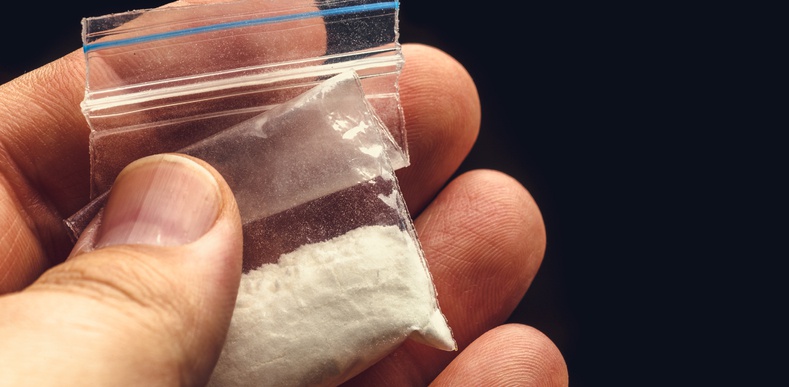What is The Matrix Model for Stimulant Misuse

The Matrix Model of addiction treatment is evidenced-based care for people struggling with substance use tied to stimulants such as cocaine or methamphetamine (meth).
This article discusses the Matrix Model of addiction treatment for those who are addicted to stimulants. How does it work? What is its history? How is it used in Washington State drug rehab?
Description of the Matrix Model
The Matrix Model of care is addiction treatment for those who abuse stimulants. This clinical methodology was created by two experienced behavioral health therapists in Los Angeles and is widely in use around the country for treating substance use. According to the white paper on the Matrix Model, this therapeutic approach leverages some of the most effective parts of cognitive behavioral therapy, relapse prevention research, 12-Step and motivational techniques.
The Matrix Model was developed when cocaine addiction was prevalent in Southern California in the 1980s. Stimulants were widely used, and in poorer communities, crack cocaine, which is cheaper to distill, became both widely available and cheaper to use.
The creators of the clinical protocols “attempted to integrate existing knowledge and empirically supported techniques into a single, multi-element manual that could serve as an outpatient ‘protocol’ for the treatment of cocaine and methamphetamine users.”
The Matrix Model uses a 16-week intensive outpatient program focused on group and individual therapy sessions. There is also a 12-week program for family and loved ones that provides education and therapeutic assistance. Typically the Matrix Model treatment plan consists of group sessions three times per week for the 16-week period focused on early recovery skills, relapse prevention, family education and social support. This includes:
- Three to 10 individual therapy sessions over the 16 weeks
- Eight early recovery skills sessions (two each week is typical) during the first four weeks
- Relapse prevention therapy occurs each week for the 16 weeks
- Weeks 13–16 focus on social support networks
- Weekly urine test to check for stimulants or other drugs

THE MATRIX MODEL FOCUSES ON INDIVIDUAL AND GROUP THERAPY.
During individual counseling, the therapeutic approach is designed to stay focused on the patient’s individual goals. Group sessions teach practical skills such as:
- How to use cognitive exercises to reduce cravings
- How to schedule their time to avoid triggers
- How to connect with community services for post-program support
During these intensive individual and group therapy sessions, there is a simultaneous focus on avoiding relapse, which is a significant hazard for people struggling with substance use disorder. The Matrix Model has been shown to be helpful, particularly when measured against other treatment modalities for substance use. The additional focus on providing treatment to family members helps build a social support network for the patient. As such, it is a helpful safety net that can be useful for avoiding setbacks into stimulant use.
Washington State addiction treatment such as The Recovery Village Ridgefield includes the use of proven therapeutic techniques such as the Matrix Model for substance use treatment.
To find out more about treatment options for the treatment of stimulants, call The Recovery Village to learn more about admissions.




